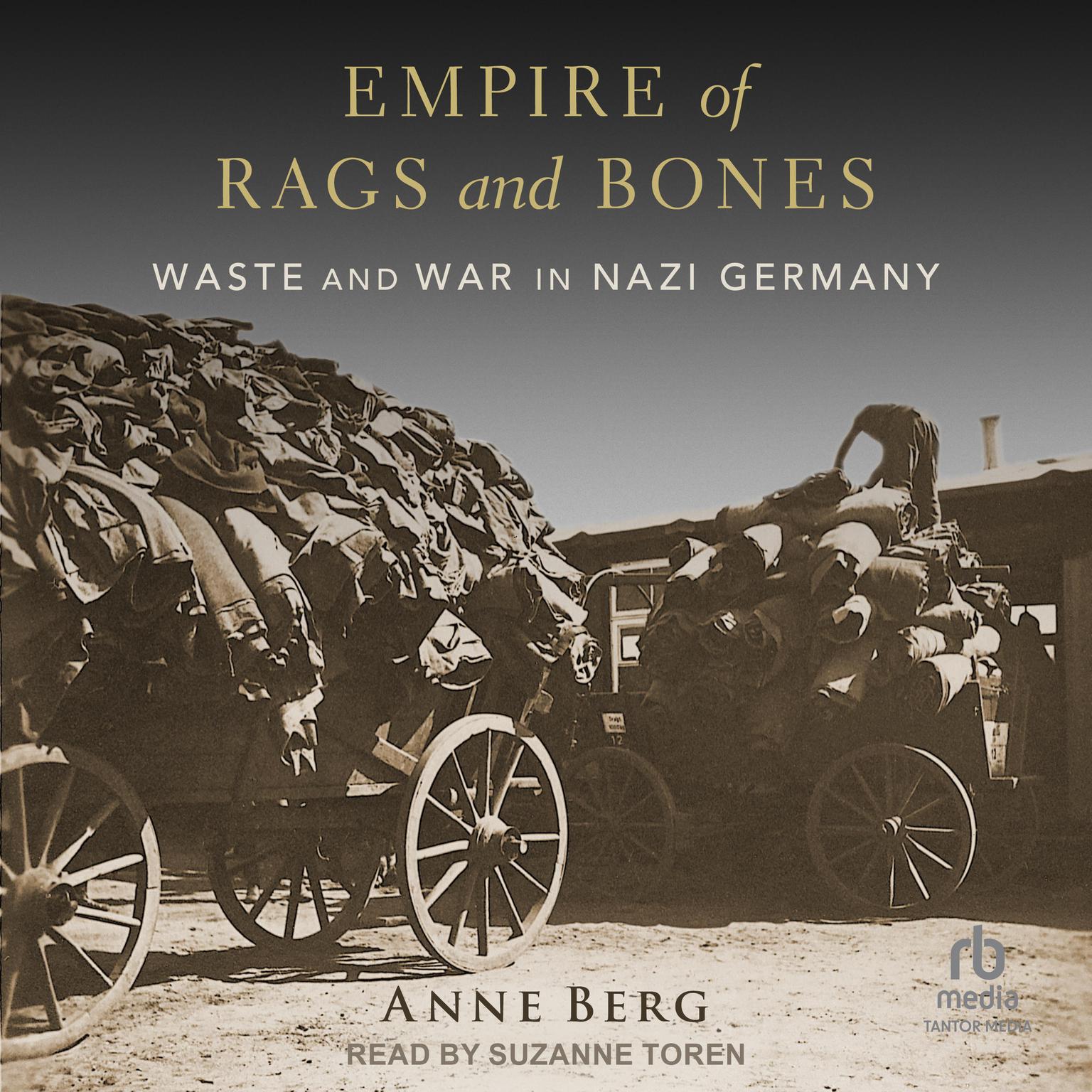Publisher Description
Paper, kitchen garbage, rubber, hair, fat, rags, and bones—the Nazi empire demanded its population collect anything that could be reused. Citizens conjured up schemes to squeeze value from waste or invent new purposes for defunct or spent material, no matter the cost to people or the environment. As WWII dragged on, rescued loot—much of it waste—clogged transport routes and piled up in warehouses across Europe.
Historicizing the much-championed ideal of zero waste, Anne Berg shows that the management of waste was central to the politics of war and to the genesis of genocide in the Nazi Germany. Destruction and recycling were part of an overarching strategy to redress raw material shortages, procure lebensraum, and cleanse the continent of Jews and others considered undesirable. Resource extending schemes obscured the crucial political role played by virtually all German citizens to whom salvaging, scrapping, and recycling were promoted as inherently virtuous and orderly behaviors. Throughout Nazi occupied-Europe, Jews, POWs, concentration camp inmates, and enemy civilians were forced to recycle the loot, discards, and debris of the Nazi race war. In the end, the materials that were fully exploited and the people who had been bled dry were cast aside, buried, burned, or left to rot. Nonetheless, waste reclamation did not have the power to win the war.
Download and start listening now!











